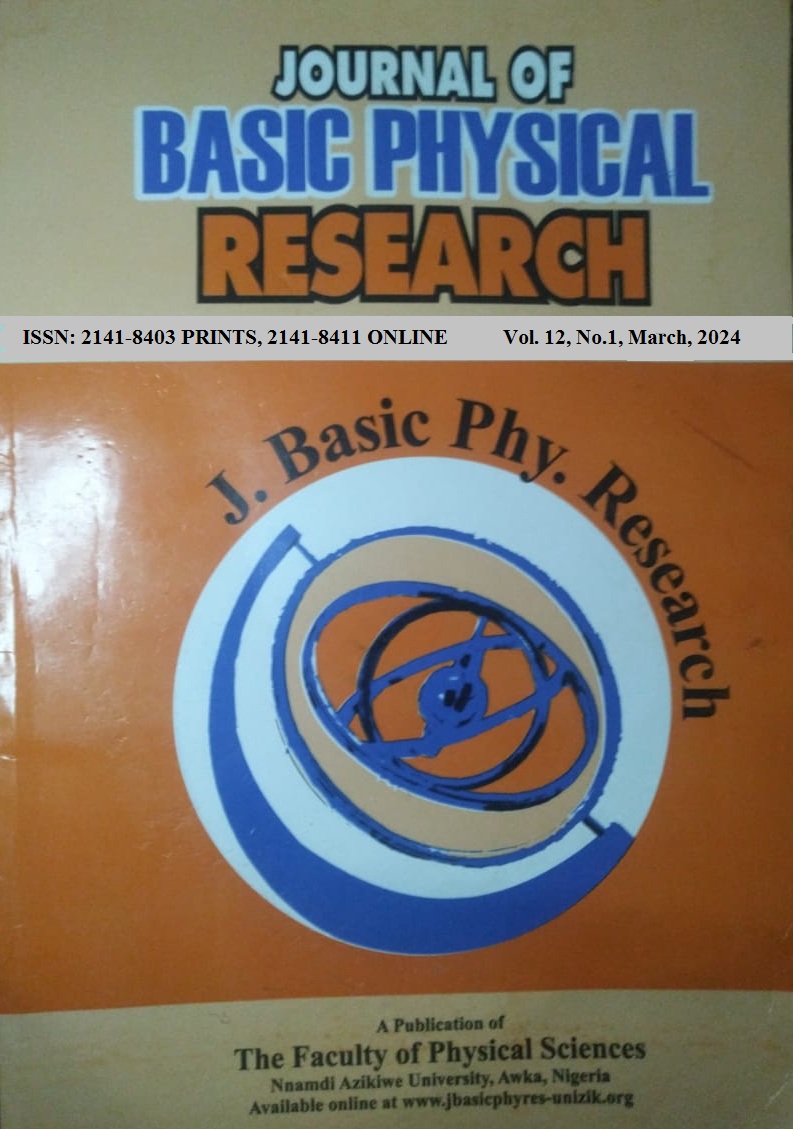THE TECTONIC SETTING OF THE ROCKS AROUND SHINTAKU AREA SOUTHEAST OF LOKOJA, NORTH-CENTRAL, NIGERIA
Keywords:
Continental environment, Continental crust, Granites, and subduction.Abstract
Samples collected from eight locations in the Shintaku area were analyzed using AAS and interpreted with tectonic discrimination diagrams to ascertain the tectonic setting, a major factor controlling the lithology, chemistry, and preservation of deposits. The TiO2-K2O-P2O5 plot shows that the samples obtained from the study area show continental characteristics. More plots were made which show the type of magma that formed the rocks and their tectonic settings: The Ti vs Zr diagram shows varieties ranging from island arc lavas to within-plate lavas. The R1-R2 plot shows that the formation of the rock varied from anorogenic to post-orogenic environments. Syn-collisional and post-orogenic environments are synonymous with volcanic arc granites (VAG) in the scheme and this environment is related to the process of crustal thickening often by the underthrusting of a crustal "slice" below another. The geotectonic discrimination plots revealed that the samples from the study area were formed from island arc granites (IAG), continental arc granites (CAG), continental collision granites (CCG), continent-epeirogenic uplift granites (CEUG), post-orogenic (PO), and rift-related granitoid (RRG). From the Nb/Yb vs TiO2/Yb diagram the samples obtained from the study area plot within OIB or near theT mantle array field strongly support continental than any other environment. The rocks in Shintaku area, from the foregoing, are formed because ofthe subduction of the oceanic plate into/under the continental plate. The oceanic plate subducted and basaltic rocks in the oceanic crust melted as a result of heat and pressure to form magma. This magma moved to the continental region to be subducted along with a few oceanic basaltic rocks reflecting continental environmental setting of the plots. Hydrothermal alteration processes in altered granites and magmatic/post magmatic processes could have influenced the variation and redistribution of the major oxides and trace elements distribution, respectively.


